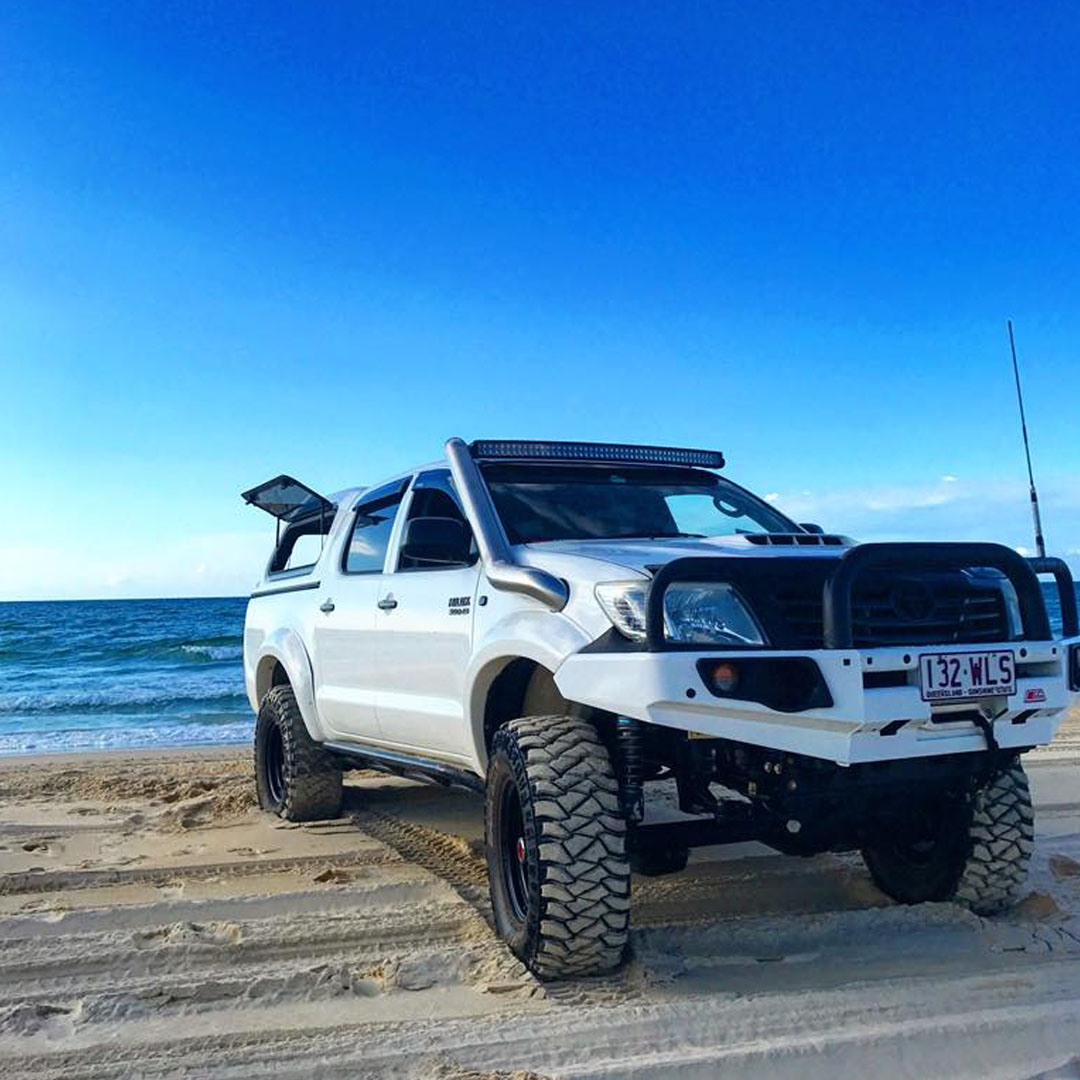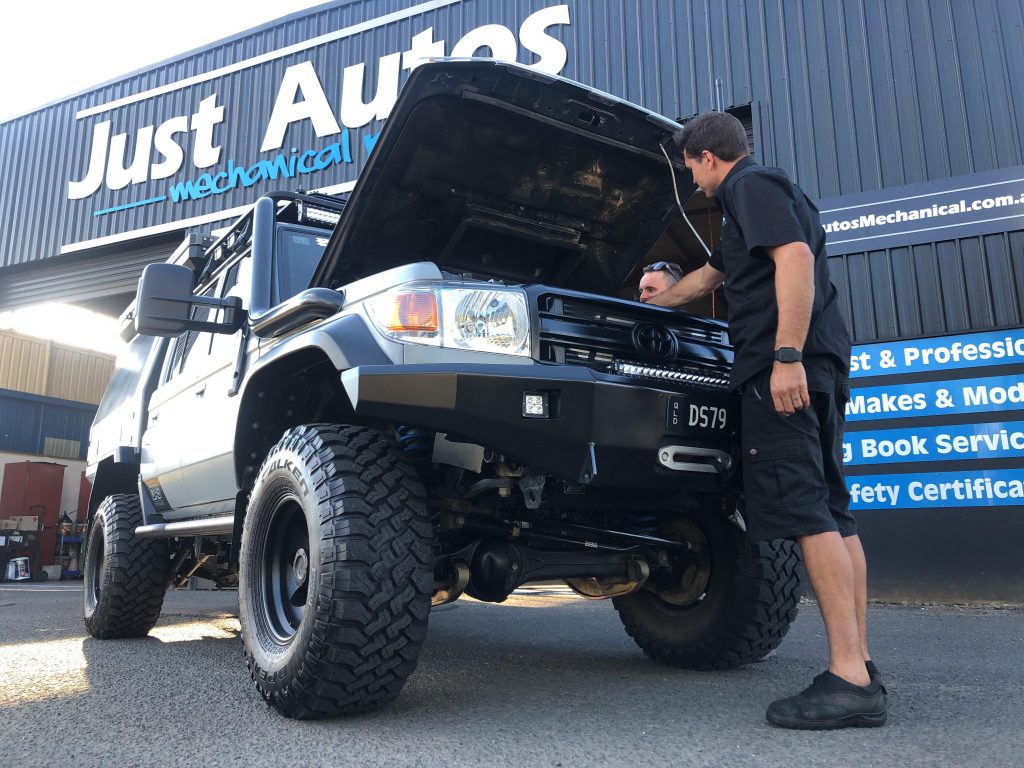There are many factors that influence the fuel economy of your vehicle, and one of them is a lesser-known concept referred to as Pavement Vehicle Interaction (PVI) – also known as rolling resistance. PVI can lead to poor fuel economy and excess fuel usage, which can significantly impact the amount of time you spend at the fuel pumps. It can also become a pain for towers and tourers, as hauling weight only adds to the amount of energy your car has to outlay in order to function the way you expect.
So, what is PVI, and how can you get around poor road conditions to ensure your vehicle isn’t working harder than it should be? Keep reading to find out!
What is Pavement Vehicle Interaction?
Sometimes referred to as rolling resistance, Pavement Vehicle Interaction (PVI) is the interaction between a vehicle’s tyres and the surface or road on which it is driving. There are three primary factors that influence PVI:
- Roughness: how bumpy or smooth a road or surface is
- Texture: abrasiveness of the road or surface
- Deflection: how much a surface or road bends under the weight of a vehicle
Two other factors include traffic congestion and temperature. Rolling resistance can consume anywhere between 20% and 50% of the total energy your car uses when travelling. Add a camper or caravan to the equation and fuel costs can quickly soar!
Perhaps the greatest influence on PVI for heavier vehicles is deflection, as your vehicle will be forced to work harder the greater the deflection is. All vehicles push down on the surface they are driving on, but hot-asphalt roads or sandy dunes experience the greatest amount of deflection and can cause your vehicle the most strain.

On-Road VS Off-Road Driving
Naturally, all man-made roads need to have a certain amount of abrasiveness to prevent vehicles from slipping or sliding. This is why asphalt and tarred roads work so well: their abrasiveness helps rubber tyres gain traction more easily, while their smoothness lessens their effects on vehicle fuel consumption and tyre wear.
However, as tyres wear out, their rolling resistance decreases – making sliding much more likely. Bumpy roads can shorten your tyres’ lifespan and increase your fuel costs, so proper road structure is important for travelling in urban areas.
Your vehicle will undoubtedly work harder when driving off-road, as PVI factors are considerably different. Driving on sand will show the greatest amount of deflection, especially in heavy vehicles, and driving in the outback will provide a much bumpier and more abrasive surface for your tyres. When towing, the added load will increase the influence on your fuel consumption and your tyres.
Read More: Torque Converter Lockup Kit: What They Are and Why You Need One
How to Work with PVI
There are certain precautions and measures you can take to lessen the effects of PVI on your tyres and your fuel consumption.
Although there isn’t anything you can do directly to change the nature of your area’s roads, road smoothness has a large influence on your fuel consumption and the wear of your tyres. Smoother roads have been shown to significantly decrease fuel consumption, vehicle operating costs and even load impact. And although vehicle manufactures are constantly evolving the way in which cars use energy and fuel, the environment in which you use your car still plays a major, near-unchangeable factor.
Off-Road Driving and Rolling Resistance
Your vehicle will likely take the most strain when driving off-road, and especially on soft or sandy surfaces. Heavy 4X4 or SUV-type vehicles will experience the greatest effects of PVI, but being prepared in advance can help you make the most of your time off the beaten track.
Read More: Australia’s Best Touring Locations
Tyre Pressure: lowering your tyre pressure can be advantageous when driving on sand dunes as you lengthen the ‘footprint’ of the tyre on the surface, displacing less sand as you travel over it. The PSI you drop down to will depend on the total weight of your vehicle and anything you may be towing, so be sure to lower the tyre pressure on caravans, campers and trailers, too.
Momentum VS Speed: when driving on high-deflection surfaces like sand, momentum is more important than speed. Going too fast may make you lose control of the vehicle entirely, but maintaining a steady forward moment will help with a smoother ride and prevent you from getting bogged down.
Cornering: experienced tourers and towers know: never turn too sharply. Cornering too quickly will not only likely see your vehicle and anything you’re towing tip over, but will also likely result in your tyres digging deeply into the sand and getting your vehicle stuck.

Improve Your Performance
Do you want to improve your performance – off or on-road? Just Autos are professional diesel tuning experts, located in Nambour, with an array of performance upgrades and services that can be hugely advantageous for UTE, 4×4 and off-road enthusiasts.
Get in touch with our team for helpful information on how to improve your performance, fuel economy and driving experience!
Read More: How to Choose the Right Performance Upgrades for Your Needs

